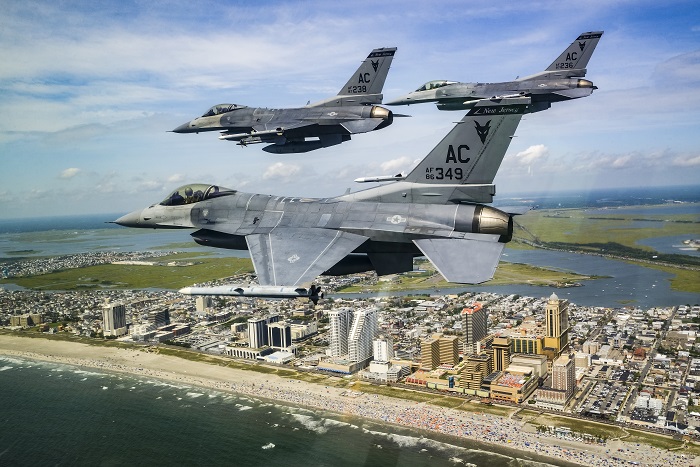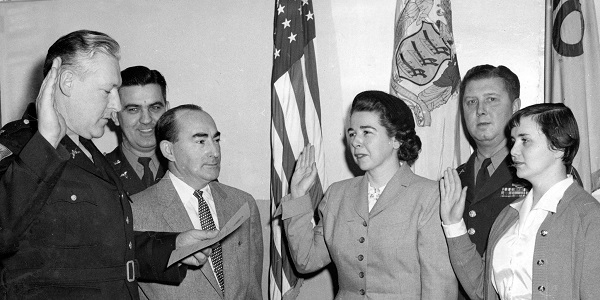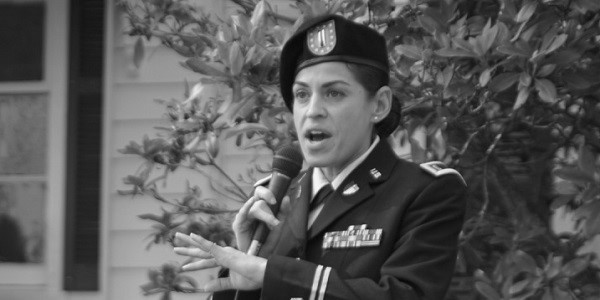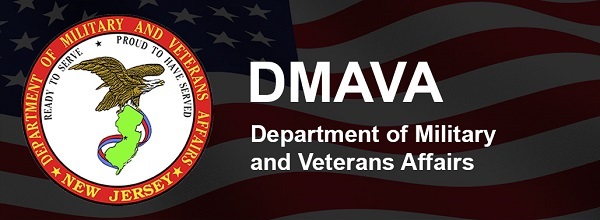DMAVA
Superstorm Sandy

October 30, 2012
More than 2,200 Soldiers and Airmen took part in the largest domestic mobilization in the New Jersey National Guard’s history. The Soldiers and Airmen of the New Jersey National Guard (NJNG) ended up rescuing more than 7,000 people and their pets across a 150-mile swath of the Garden State. They cleared more than 300 miles of debris from power lines, delivered more than 25,000 meals and prepared at least that many more in two Mobile Kitchen Trailers.
The NJNG was the lynchpin in a broad Federal Emergency Management Agency operation to deliver fuel to first responders, partnering with the Pennsylvania National Guard and the 10th Mountain Division to operate fuel points in Egg Harbor, Freehold and West Orange. They provided more than 250 hours of helicopter lift to support civil authorities, supported the operation of more than a half dozen shelters for displaced residents and delivered tens of thousands of basic needs commodities to displaced residents.
As New Jersey began the monumental task of rebuilding, the state's Soldiers and Airmen remained on duty, assisting civil authorities with traffic control points and security patrols in the hardest-hit areas.
 Official Site of The State of New Jersey
Official Site of The State of New Jersey





 The 50th Armored Division was the major New Jersey National Guard unit in the post-World War II era. On 13 October 1945 the US War Department established a postwar 27-division Army National Guard structure with 25 infantry divisions and 2 armored divisions. The 50th Armored Division replaced the 44th Infantry division in the New Jersey National Guard and adopted the nickname "Jersey Blues," a term first used during the French and Indian War, in honor of the state’s military heritage. In the reorganization of the 1940s the unit retained many of the 44th’s unit designations, including the 113th and 114th Infantry.
The 50th Armored Division was the major New Jersey National Guard unit in the post-World War II era. On 13 October 1945 the US War Department established a postwar 27-division Army National Guard structure with 25 infantry divisions and 2 armored divisions. The 50th Armored Division replaced the 44th Infantry division in the New Jersey National Guard and adopted the nickname "Jersey Blues," a term first used during the French and Indian War, in honor of the state’s military heritage. In the reorganization of the 1940s the unit retained many of the 44th’s unit designations, including the 113th and 114th Infantry.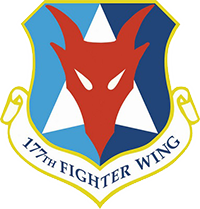 The 177th Fighter Wing traces its roots back to September 1917 as the 119th Aero Squadron. The 119th Aero Squadron, an active duty training squadron during World War One, was demobilized in May 1919.
The 177th Fighter Wing traces its roots back to September 1917 as the 119th Aero Squadron. The 119th Aero Squadron, an active duty training squadron during World War One, was demobilized in May 1919.